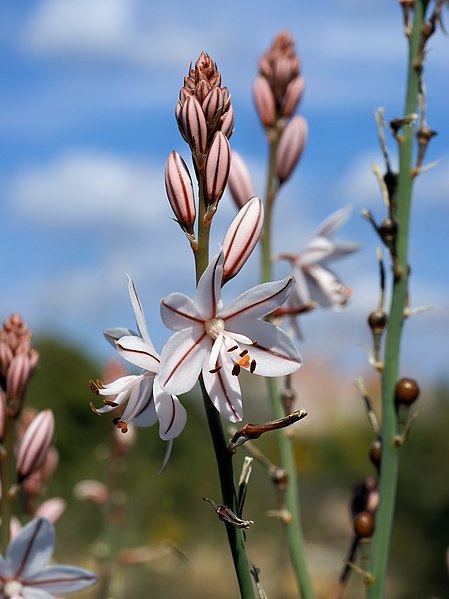NEW ZEALAND MIRROR BUSH
(Coprosma repens)
(Photos: E. Cousins & C. Schultz; growth habit, close-up of glossy leaves, female flower, male flower; Cape Jervis)
There are many lovely Coprosma cultivars sold at garden centres, and they make very attractive garden plants. The one pictured here though, Coprosma repens, with its big, oval, glossy green leaves, is prohibited from sale. It is not one of the major “declared weeds” but it has naturalized in coastal areas of southern and south eastern Australia. There are several 2 metre tall specimens of this spreading shrub on the coastal reserve at Cape Jervis. Infestations often start under trees, from birds dropping seeds. There are distinct male/female forms of the small flowers, normally occurring on separate plants. In December, have a gander: work out if the flowers you see are lads or lasses!
(Hint: the female flowers have a ‘style’ with 2 thick branches; see photo above.)


